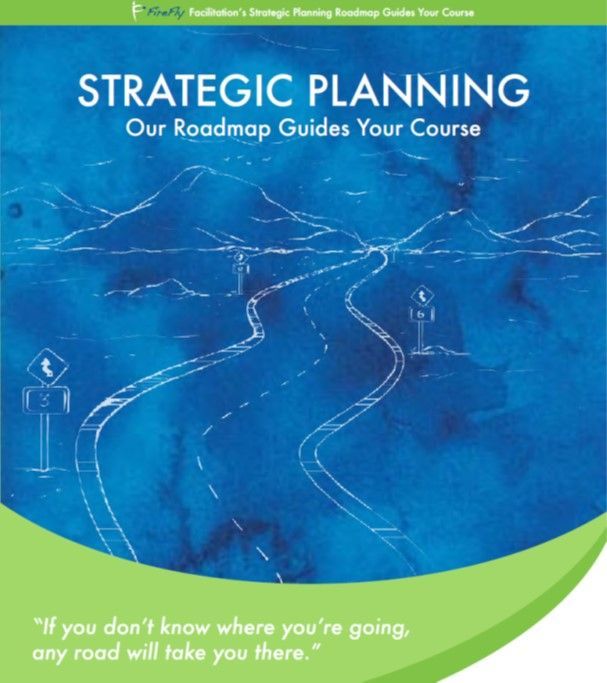FireFly's Creative Problem Solving Process
We've talked about the need to keep the problem solving process simple, since it's important to make it easy for the members of your problem solving team to do their job. In this post, we offer a procedure that makes the problem solving process easier to remember and easier to use .
In a nutshell:
- Begin with a very clear, specific problem statement.
- Briefly discuss to make sure there’s common understanding.
- Search for solutions.
- Evaluate the ideas.
- Implement the chosen alternative.
- Assess the results and course correct as needed.
- Learn from the process, and apply to next problem.
The first step is to reach agreement on the problem statement and write it on the flip chart. You would not believe how important it is to write this down for all to see. It is like a guiding light that should be used to remind everyone of the actual problem you are trying to solve, especially when you get into the idea generation stage. It works well to say to everyone, “Okay, let’s formulate a really clear problem statement.”
Make sure that the problem is small enough to solve. Sometimes, the smaller the focus, the better the brainstorming . You might think the reverse is true, and that keeping it wide open leads to a vast array of ideas. However, when the field is too wide, this actually hampers good problem solving. Imagine the problem statement, “How can we improve our marketing programs?” There could be any number of directions that the ideas could evolve; so many in fact, that you might get stuck trying to figure out which way to direct your thinking. If you instead focus this particular problem-solving session on, “How can we increase the number of repeat customers to our website?” then you can actually (and perhaps counter-intuitively) generate better and more relevant solutions.
The second step is to take a few minutes to openly discuss and gain a common understanding of the problem . This will dissuade team members from trying to solve it too quickly, before they even know what the issue really is. It also can head off needless friction. There’s actually a story that proves this point beautifully, one that you have likely heard before, about the three blind men who touched an elephant to learn what it was like . Each man touches a different part of the animal, and then reaches a conclusion on what they felt. When they compare notes, they learn that they are in total disagreement. One, having only touched the squirming trunk, describes the elephant as being like a snake. The second, having touched just the swinging tail, says no, it is like a piece of rope. The third blind man, having only felt the leg of the great animal, says it is truly like a tree. They begin to argue vehemently, each certain of the correctness of their answer.
The moral of the story is obvious: There may be some truth to what others say, and sometimes we can see that truth, but only if we listen to them and hear things from their perspective. Be tolerant toward others and realize that although none of you knows the whole truth, combining your unique experiences might bring you closer to it.
Begin with a curious mindset and seek to learn what they know . Doing so will allow you to build a sense of collaboration and mutual purpose on solving the problem you now all more fully understand. We’ll delve deeper into this, along with the other steps in the problem solving process, in our next post.






